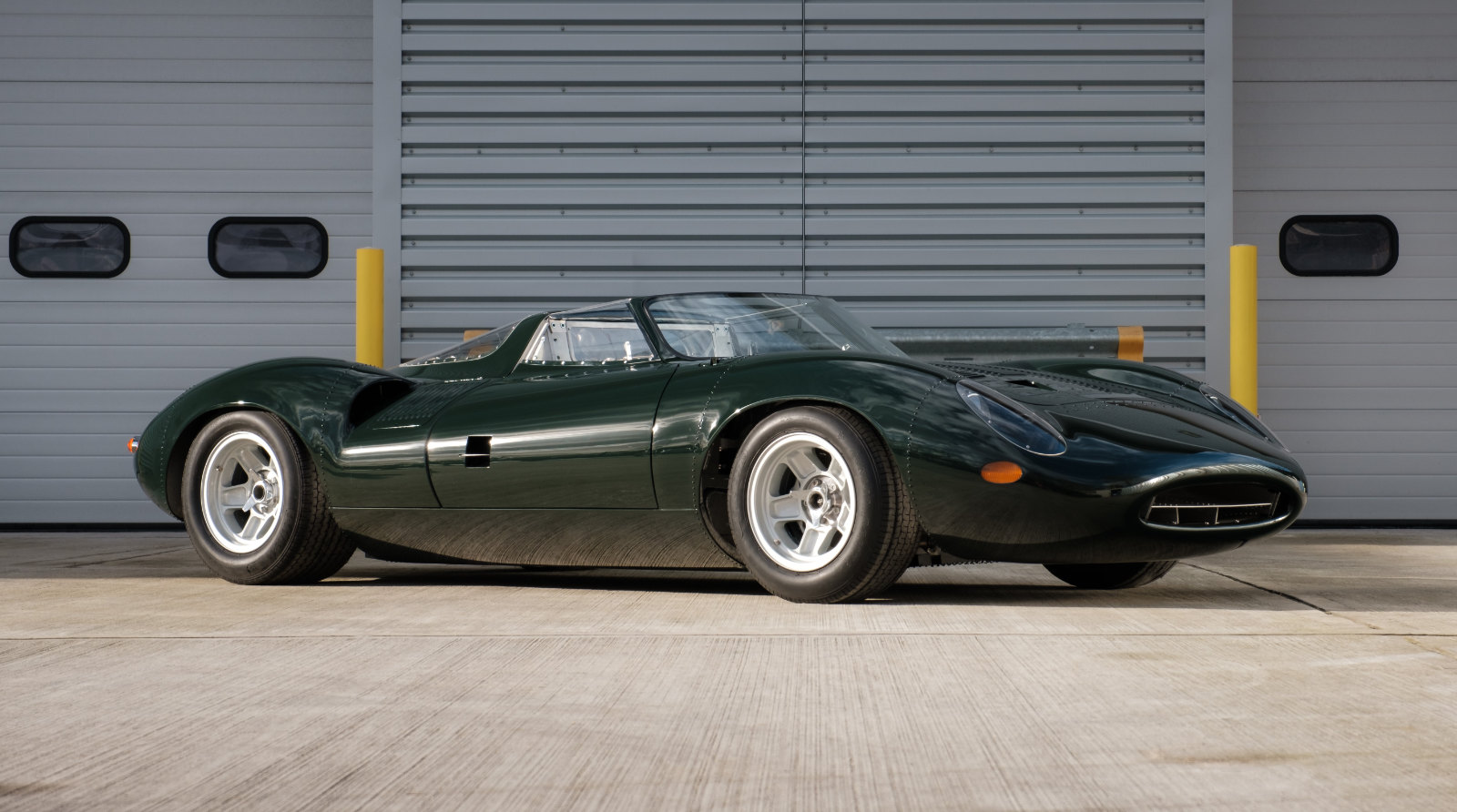Known for combining glamour and energy in modern fashion, Roberto Cavalli was often the life and soul of the party […]
Roberto Cavalli passes away in Firenze, aged 83
Roberto Cavalli passes away in Firenze, aged 83
Known for combining glamour and energy in modern fashion, Roberto Cavalli was often the life and soul of the party […]

Stories about style: elegant, luxury modest swimwear, special-edition Dyson hair tools, a notebook that puts good design and function top, and Jennie gets a new role at Chanel […]
The Barbie alumnæ were joined by nominees from Past Lives and Anatomy of a Fall […]
Michelle Yeoh becomes Helena Rubinstein’s latest brand ambassador

Touted as a comeback for the brand, the former Miss Malaysia and Academy Award-winning actress becomes its latest spokeswoman […]
Jelenew appoints Vanesa Lorenzo, Katia della Faille as ambassadors
Jelenew, the sportswear brand inspired by cycling, appoints two high-profile women who enjoy the activity and want to see it more widely embraced […]
JD Classics’ True Spirit of XJ13 faithfully recaptures the priceless Jaguar prototype racer

A decades-long quest to re-create the original Malcolm Sayer-styled Jaguar XJ13 racer has now been completed […]
In brief: Banke Kuku, Eternal Blue, and Chanel introduces Phoebe Tonkin’s favourite books

This week: proud and exuberant work from the UK and US, while Chanel talks to Aussie Phoebe Tonkin about her favourite books […]

We haven’t done a list of news-makers for many years—so it’s high time we looked again at who made the headlines over the last 12 months. We also give our pick on a face to watch […]
Mellerio offers Giardino collection as its ‘perfect holiday gift’

Mellerio blends Italian and French sensibilities with its latest collection, following a 19th-century pattern from the family’s archives […]
Out of the space age; praise for All in Monte Carlo; and trusting your crew
Founder and publisher Jack Yan re-examines the Rabanne H&M collaboration, praises Anna Shilling’s new novel All in Monte Carlo, and comments on one company’s decision to patrol staff social media activity because of the Gaza conflict […]